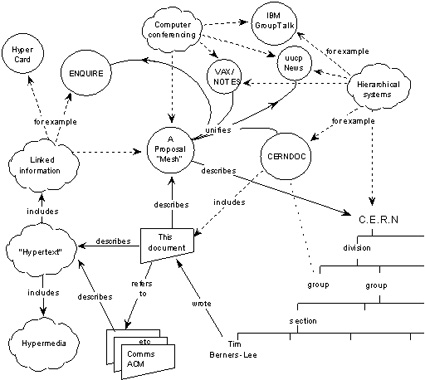the SINGLE code refers to a meaningful, holistic entity, complete in itself
You're not where you think you are. In hypertext, everything is there at once and equally weighted.
On the face of it, this is absurd -- the length and coherence of the lexias or nodes varies wildly (PLURAL) and even within a node, the outgoing links are emphasized to a greater or lesser degree. In a deeper sense, the nodes are each identical in structure, and thus syntactically or algebraically equal*; any hypertext software initializes all nodes in the same fetal form.

It is a body whose brain is dispersed throughout the cells, fraught with potential, fragile with indecision, or rather strong in foregoing decisions, the way a vine will bend but a tree can fall down. It is always at its end and always at its beginning, the birth and the death are simultaneous and reflect each other harmoniously,
One is reminded of the ouroboros, the snake eating its own tail; hypertext threatens the same, and perhaps threatens external reality (see WORK) when, as Berners-Lee did (see image), it contains itself within itself.
it is like living in the cemetary and the hospital at once, it is easy to see the white rectangles of hospital beds and the white rectangles of gravestones and the white rectangles of pages as being essentially synonymous.
Hypertext aspires to the heterotopic and heterochronous; it wishes to be the true, final escape from reality that readerly texts can never quite reach. The grammar of hypertext -- the boxes and arrows -- leaves no room for an arrow in from the outside, as the looping paths of a cemetery only grudgingly connect to the temporal world beyond its gate. Per Foucault, the cemetery and hospital have quite a lot in common; both are outside normality, to the extent that the human experience of time is in any way normal.
Every page-moment is both expectant and memorializing, which is certainly one reason why I have buried the patchwork girl's body parts in separate plots in a zone called th cemetary, while in the story zone they are bumptious and ambulatory.
*Abstract algebra has an identity problem. There is a great deal of vagueness as to whether two isomorphic ("same-shaped", to indulge in the etymological fallacy) objects are (SINGLE) or (PLURAL); one often says that "there is only one two-element group", only to later refer to multiple two-element groups (by different names) and state that they are isomorphic (as if to say "they have a certain relationship"). This ambiguity of identity stems from the fundamental concern of algebra, which is with pure structure; it thus does not distinguish based on origin (WORK versus AUTHOR).
To give a solid example, consider the symmetries of a square: four rotations (including the trivial), and four reflections (horizontal, vertical, two diagonals). Then abstract away the square: we are left with eight objects, which can be combined in interesting ways. Now, there are actually multiple ways to map this structure back onto the square: based purely on how they interact with each other, it is impossible to say which was originally which (there is no provenance).
There are in fact eight ways to shuffle around this group which leave the relations between its elements unchanged; and these can of course be combined. Oddly enough, they are in fact identical in structure (as a group) to the eight elements of the original group of symmetries. One is tempted to say that, because they are isomorphic, they are the same ("D8 is its own automorphism group"), but this is an uncomfortably (META) juxtaposition; the observation that something can be defined as its own set of symmetries seems to uproot it from any fixed origin (AUTHOR), leaving a mathematical ouroboros. This discomfort is common, and peripheral to the actual work of algebra, and so presents only a philosophical hazard. Similarly, mathematicians don't care much that every object they work with has multiple wildly different "definitions"; they are perhaps the true masters of the (WORK) code.
No comments:
Post a Comment